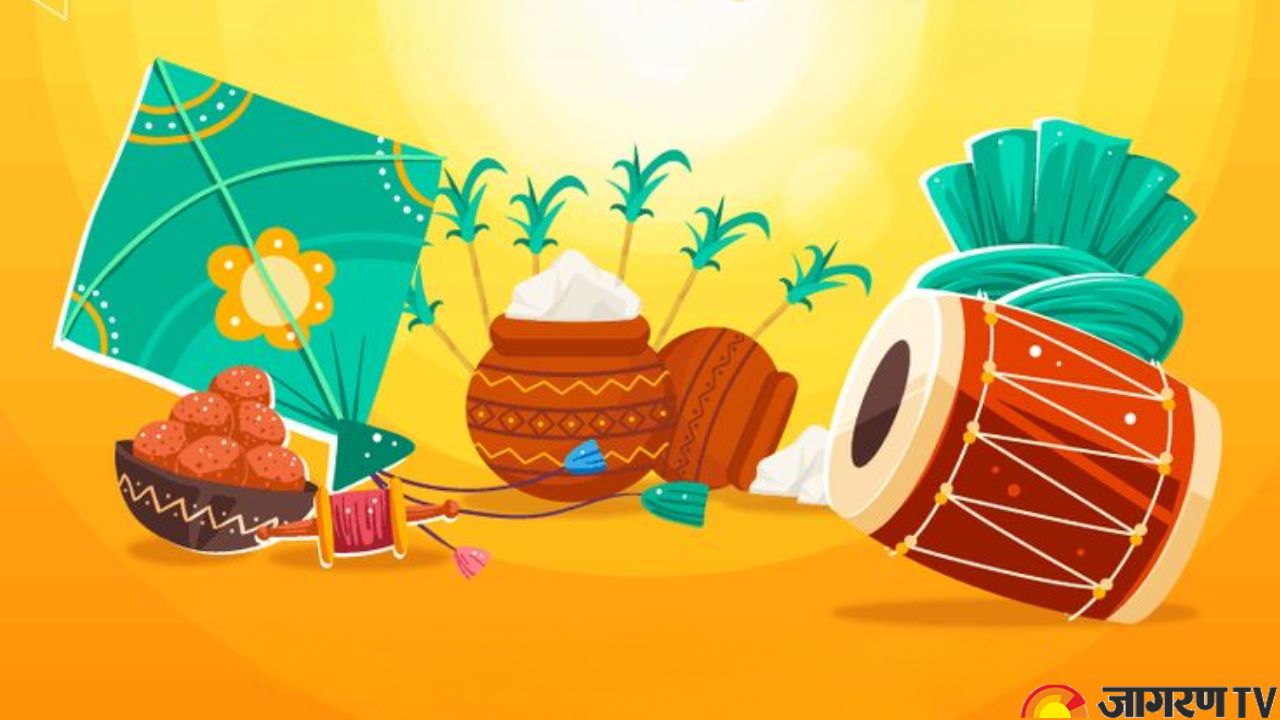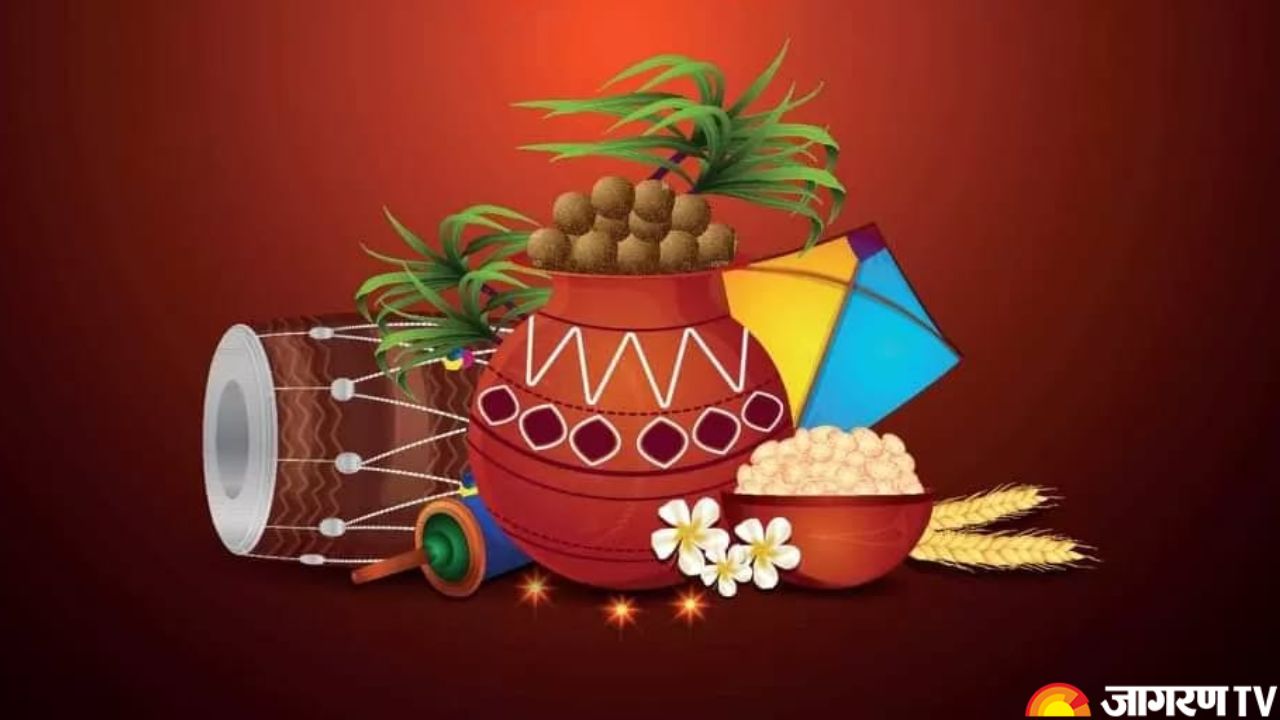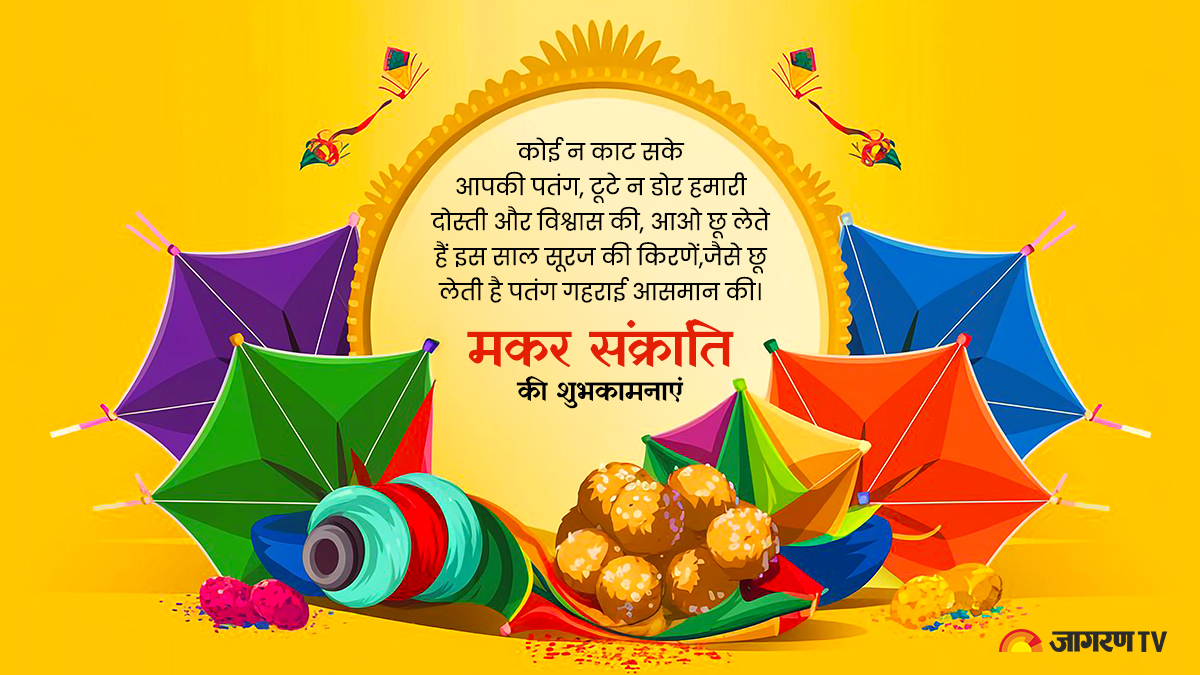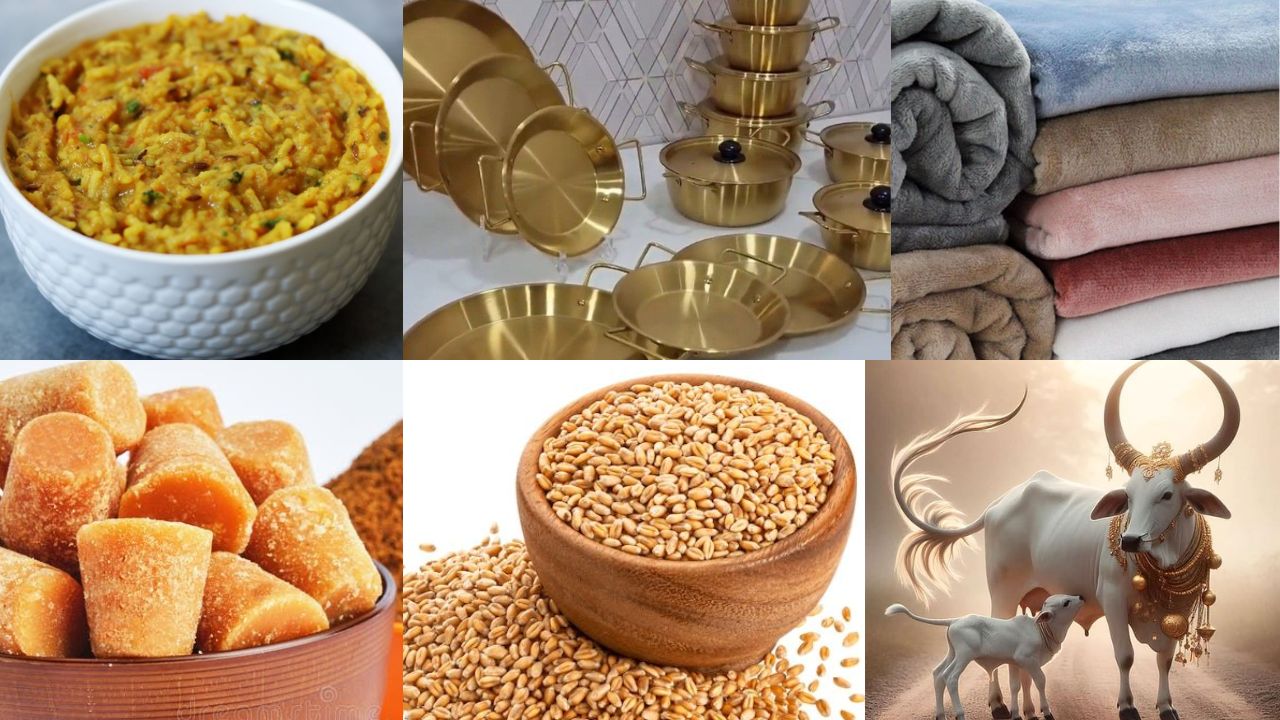Makar Sankranti 2025: How is Karka Sankranti Different From Makar Sankranti? Know Scientific Reasons

Makar Sankranti 2025: Makar Sankranti is one of the major festivals of India, celebrated with great enthusiasm and different cultural traditions. In Hindu tradition, Sankranti represents the Sun’s transit from one zodiac sign to another. Makar Sankranti represents the Sun’s arrival into Capricorn (Makara) and the start of longer days. Makar Sankranti has cultural, religious, and scientific significance in Hindu culture. This festival commemorates a major cosmic event with both spiritual and scientific implications. Let us understand more in detail.
Scientific Significance of Makar Sankranti
Makar Sankranti marks the sun’s movement from Cancer to Capricorn. This symbolizes the earth’s northward shift (Uttarayan) and the start of longer days and warmer weather. It also marks the end of the winter solstice and the beginning of the summer season. On this day, day and night are of equal length. After Makar Sankranti, the days get longer, symbolizing the restoration of light and energy.
Karka Sankranti vs Makar Sankranti
In Vedic astrology, Sankranti signifies the Sun’s transition from one zodiac sign to the next. Each of these transits is recognized as a phenomenon. However, Makar Sankranti and Karka Sankranti are especially important since they coincide with seasonal changes.
Makar Sankranti
The Sun enters Capricorn, signaling the beginning of “Uttarayana,” a six-month auspicious season associated with light, expansion, and prosperity. Capricorn, ruled by Saturn, represents discipline and hard work, reflecting the Sun’s quest for success and enlightenment.
Karka Sankranti
The Sun enters Cancer, beginning “Dakshinayana,” a six-month era of contemplation, repose, and spiritual progress. This phase is considered less auspicious in astrology, however it encourages internal reflection and overcoming obstacles.
Cultural and Spiritual Significance
The celebration coincides with the harvest season and is a time to express gratitude towards Surya Dev (Sun God). The scriptures describe it as the end of darkness and negativity and the beginning of optimism and prosperity. In Hindu beliefs, the Dakshinayan (southward movement of the sun) represents darkness and negativity, whereas the Uttarayan (northward movement) represents positivity and brightness.
Food and Traditions
The celebration consists of worshiping Surya Dev and expressing appreciation for nature’s bounty. Farmers commemorate the harvest season by worshipping cows and bullocks. Ritual bathing is held in sacred rivers, particularly during major events such as the Kumbh Mela or Ganga Sagar Mela. Sikh traditions celebrate the sacrifices made by Guru Gobind Singh Ji’s disciples at the Maghi Mela in Muktsar. Traditional dishes like til ladoo, khichdi, dahi-chura, and pithas are prepared during the event. Kite flying, bonfires, and regional dances all add to the festive atmosphere.
Makar Sankranti Celebrations
Across India, Makar Sankranti is celebrated with different regional names and traditions. In Tamil Nadu, the festival is known as Pongal, celebrated by making offerings to the Sun and preparing sweet rice dishes. In Punjab, Lohri celebrates the harvest of sugarcane with bonfires. Uttarayan in Gujarat is known for kite flying, which represents freedom and joy. In Assam, Magh Bihu celebrates communal feasts and traditional activities.









